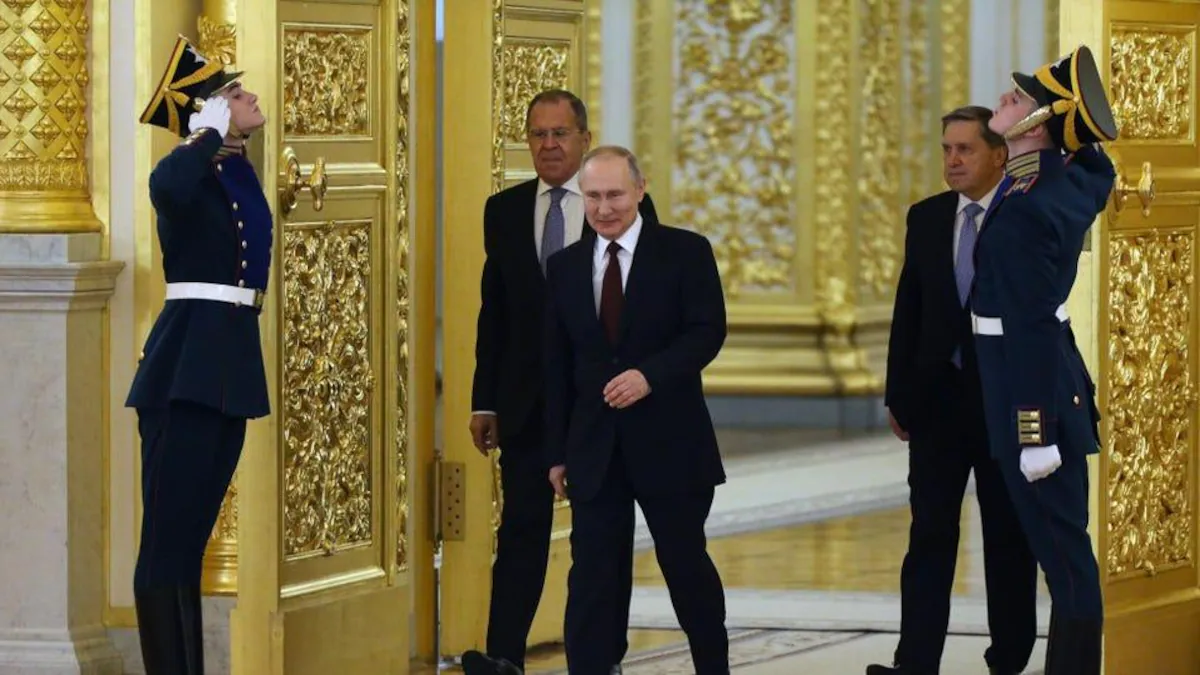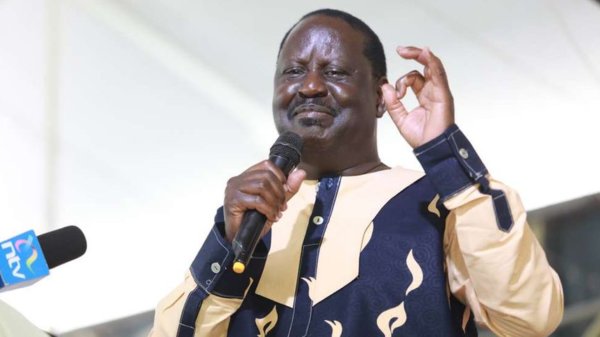
Vladimir Putin
According to trade data and market participants, Japan’s decision to prohibit most used-car sales to Russia slammed the brakes on a $2 billion-a-year trade that had boomed in the shadow of sanctions over Ukraine abroad.
Japan’s government banned all except subcompact car exports to Russia in early August, shutting off a profitable backchannel in trade in old Toyotas, Hondas, and Nissans for a network of brokers and smaller ports, particularly Fushiki, an export hub on the Sea of Japan.
While the sanctions have eradicated Russia’s largest source of used automobiles, they have driven down prices for used cars in Japan and left brokers scurrying to ship vehicles to other countries, particularly right-hand drive markets in New Zealand, Southeast Asia, and Africa.
Russia’s market for used Japanese automobiles increased substantially when global automakers, including Toyota, stepped back from operations in the aftermath of Moscow’s invasion of Ukraine.
With other sanctions tightening, Russia was buying more than a quarter of Japan’s used-car exports for an average price of over $8,200 by last year. That was more than double the price in 2020 when Russia accounted for almost 15% of Japan’s used-car exports. According to trade data, those sales were on course to exceed $1.9 billion for the entire year of 2023 before Japan announced its own stronger restrictions.
According to the Russian analytical agency Autostat, more than half of the 303,000 used cars imported by Russia in the first eight months of the year originated from Japan.
This compares to 606,950 new automobile sales of mostly Russian and Chinese models during the same time, according to Autostat data. Toyama-based SV Alliance, a two-year-old vehicle export company, had been part of the wartime boom that delivered an average of 6,500 used cars to Russia every month from Japan’s Fushiki through July.
The port is around 800 kilometres (500 miles) from Russia’s Vladivostok, and a cargo ship may reach it in two days.



































































